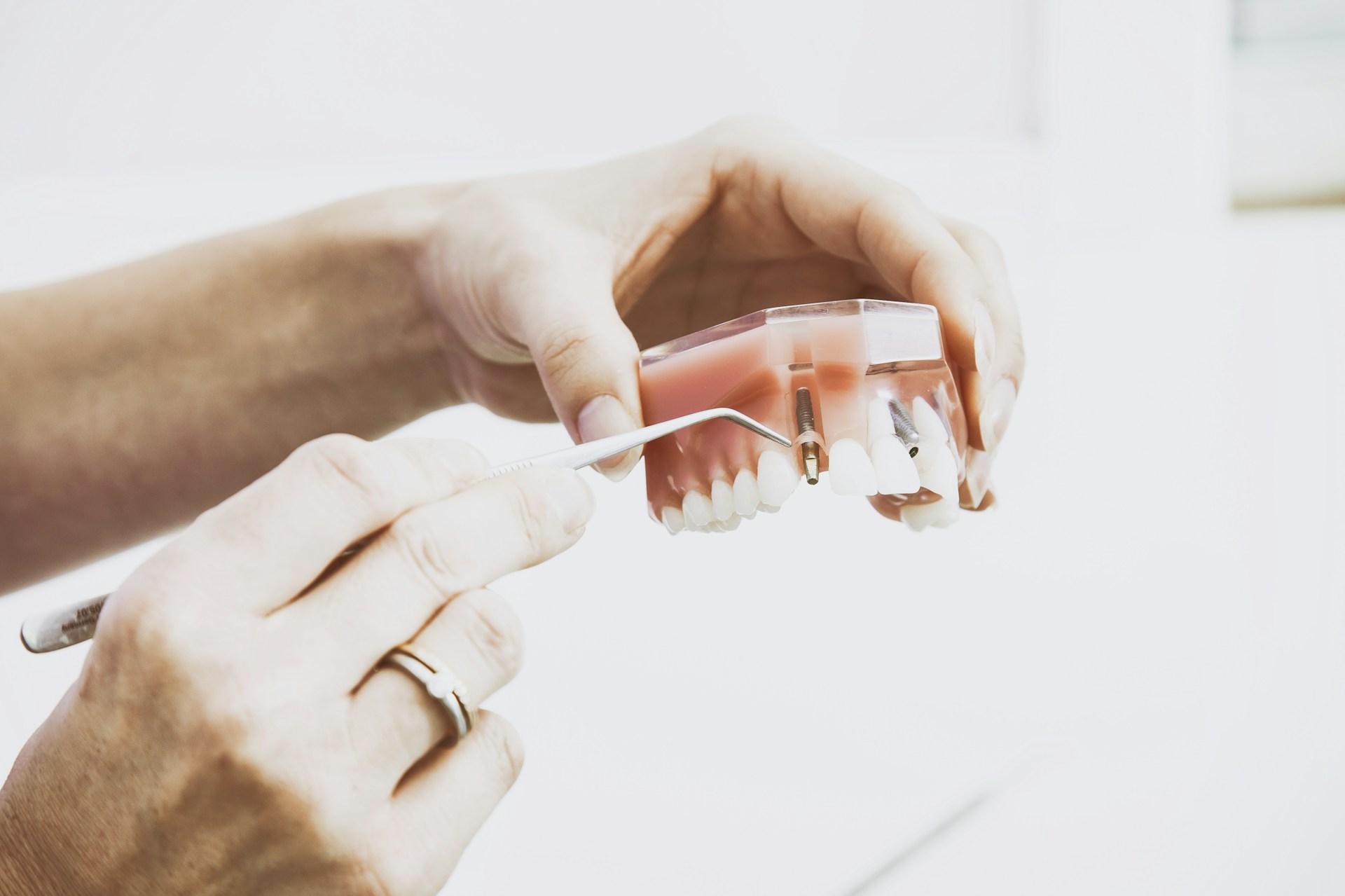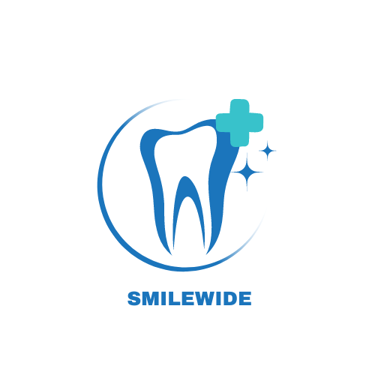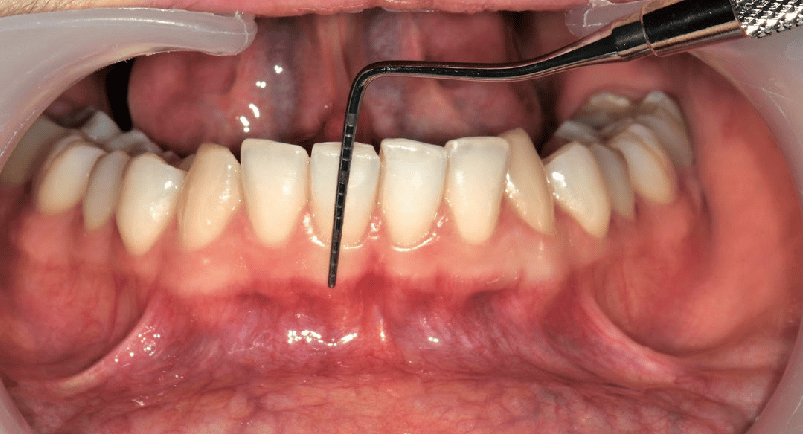SMILE- It costs nothing !!!
Accurate Measurement of width of Attached Gingiva
Discover the precise methods for measuring the width of attached gingiva. This comprehensive guide outlines essential techniques and tools for accurate gingival measurement, ensuring effective dental evaluations and improved patient care.
1/15/20252 min read
How to Measure the Width of Attached Gingiva
Accurately measuring the width of attached gingiva is essential for maintaining optimal periodontal health and preventing gum diseases.
The attached gingiva is the firm, pink tissue tightly bound to the underlying bone, offering stability to the teeth.
Understanding how to measure the width of attached gingiva can significantly impact dental care and treatment planning.
Why Measuring the Width of Attached Gingiva Matters
Evaluating the width of attached gingiva is crucial because it helps:
Prevent Gingival Recession: Ensuring adequate attached gingiva minimizes the risk of gum recession.
Support Periodontal Health: Sufficient attached gingiva is essential for maintaining healthy gums and preventing periodontal diseases.
Plan Orthodontic Treatments: Accurate measurement helps in designing orthodontic treatments that prevent soft tissue damage.
Determine the Need for Soft Tissue Grafts: Narrow attached gingiva may require grafting to improve gum health.
Related: Tips to treat swollen gums
Tools Required for Measuring Attached Gingiva
UNC-15 Periodontal Probe or Williams Probe
Mouth Mirror
Periodontal Chart for recording measurements
Step-by-Step Guide to Measure the Width of Attached Gingiva
1. Locate the Mucogingival Junction (MGJ):
The mucogingival junction marks the boundary between the attached gingiva and the movable alveolar mucosa.
It appears as a visible color change—the attached gingiva is pink and firm, while the alveolar mucosa is darker and more flexible.
2. Measure the Total Gingival Width:
Use the periodontal probe to measure from the free gingival margin to the mucogingival junction.
This gives the total width of the keratinized gingiva.
3. Measure the Sulcus Depth:
Insert the periodontal probe gently into the gingival sulcus (the natural gap between the tooth and gum) and record the depth.
4. Calculate the Width of Attached Gingiva:
Subtract the sulcus depth from the total gingival width.
Formula:
Width of Attached Gingiva = Total Gingival Width - Sulcus Depth
Example:
If the total gingival width is 5 mm and the sulcus depth is 2 mm, the width of the attached gingiva is 3 mm.
Related : GUM RECESSION TREATMENTS
Clinical Considerations for Measuring Attached Gingiva
The width of the attached gingiva differs between teeth; it is typically wider in the incisor region and narrower in the premolar region.
A minimum of 2 mm of keratinized gingiva, with at least 1 mm being attached, is generally considered healthy.
Alternative Methods for Measuring the Width of Attached Gingiva
Roll Test for Attached Gingiva:
The roll test for attached gingiva is a reliable method.
Gently roll the alveolar mucosa toward the gingiva using a periodontal probe.
The point where the tissue movement stops identifies the mucogingival junction, allowing for accurate measurement of the width of the attached gingiva.
Tension Test Periodontics:
In periodontics, the tension test involves stretching the lip or cheek to highlight the mucogingival junction.
This test is useful for assessing the width of attached gingiva in clinical evaluations.
Staining Method:
Applying iodine solution helps differentiate keratinized gingiva from non-keratinized mucosa, providing a clear boundary to measure the width of attached gingiva.
Maximizing Oral Health with Attached Gingiva Measurements
Regularly assessing the width of attached gingiva using the roll test for attached gingiva or the tension test periodontics is vital for long-term dental health.
Dentists recommend routine checks to prevent periodontal diseases and maintain proper gum support. Incorporating these simple yet effective techniques ensures optimal gum health.
Prioritizing the width of attached gingiva aids in preventing gum recession, supporting periodontal health, and guiding effective dental treatments.

Contact Smiles
drdeepi15@gmail.com
Dr. Deepika B.D.S
© 2025 SmileWide Dental. All Rights Reserved.
Have doubts ..?


